Vishishtadvaita - Part 1, History
Vishishtadvaita - Part 1, History
Did you know that Vishishtadvaita is a primary qualified non-dualism philosophy which defines 3 entities - God, living and non-living things; the goal of the jivas (living) is to merge with the Creator (Parabrahman), primarily through the path of Bhakti (devotion)?
Did you know that Ramanujacharya developed the philosophy of Visishtadvaita, and he is described as "the founding interpreter of Sri Vaisnavite scriptures?
The history of Viśiṣṭadvaita started initially as a Bhakthi movement of the Srivaishnavas, the dedicated worshippers of Lord Vishnu, the Hindu preserver deity, by the renowned 12 Alvar poet- saints of South India who lived between the 6th and 9th centuries (orthodoxy posits the Alvars to a much older period between 4200 BCE and 2700 BCE).
The Alvar saints composed a large body of hymns in Tamil Language and sang them as songs of Bhakthi movement of longing, ecstasy, and service and their followers to this day are the Srivaishnavites of Vaishnavism who regard Vishnu also known as Perumal, or Tirumal, as the Ultimate Reality. The 4,000 Tamil devotional verses (called Pasurams in Tamil) are independent of a knowledge of Sanskrit. The Alvars praised the Divya Desams, the 108 divine realms of deities affiliated to Vaishnavism. As a part of the legacy of the Alvars, five Vaishnavite philosophical traditions (sampradayas) developed over a period of time.
Nathamuni (823 CE – 951 CE), also known as Sri Ranganathamuni, was the first Sri Vaishnava acharya, a theologian and a head priest of the temple at Srirangam (in Tamil Nadu state), who is traditionally believed to have collected the 4,000 works of Alvars, called them as Nalayara Divyaprabhandam and introduced them as devotional hymns of worship, a canonical text called the Tamil Veda or Dravida Veda. The songs of the Prabandam are regularly sung in various Vishnu temples of South India, daily, and also during festivals.
Then Yamunacharya, also known as Alavandar, the grandson of Nathamuni, established the Sri Vaishnava sampradaya as an established organization. It is said that it was Yamunacharya who first introduced the concept of Visiṣṭadvaita of qualified non-duality, in contrast to Advaita. It may be noted that the name Viśiṣṭādvaita is a compound word of 'viśiṣṭa' meaning “distinct and particular to” and ‘advaita’ meaning “not-dual”.
The Ramanujacharya (1017-1137 AD) came on the scene of theology in the 11th-12th century. According to a legend, the deity Ranganatha of Srirangam directed Alavandar to invite Ramanuja, who was at Kanchipuram to Srirangam with clear direction to write a commentary on Upanishads, Vedanta Sutras, and Bhagavad Gita, and also compose a commentary on Tiruvaymoli of Nammalvar, the most prolific of the Alvars. Soon Ramanujacharya made his presence in Srirangam temple and became the principal amongst religious leaders who formalized the efforts of Nathamuni and Yamuncharya as a theology. Ramanuja developed the philosophy of Visishtadvaita, and he is described as "the founding interpreter of Sri Vaisnavite scriptures".
Ramanujacharya was the first of the Vedanta thinkers to make the cornerstone of his system the identification of a personal God with the brahman, or Absolute Reality, of the Upanishads and the Vedanta-sutras. As a personal God, Brahman possesses all the good qualities in a perfect degree, and Ramanuja does not tire of mentioning them. For him the relation between the infinite and the finite is like that between the soul and the body. Hence, non-duality is maintained, while differences can still be stated. Soul and matter are totally dependent on God for their existence, as is the body on the soul. A commentator on Ramanuja’s work says that he was a collator and interpreter rather than an original thinker; although showing originality in his method of synthesizing the Tamil and Sanskrit sources.
As the founding interpreter of Sri Vaisnavite scriptures Ramanujacharya is thus hailed as "Sri Vaishnava Siddhanta Nirdhaarana Saarva bouma". Vishishtadvaita is thus an ‘acharya’ (guru) oriented philosophy unlike the scriptures’ specific philosophy of Advaita propagated by Adi Shankara.
The first notable work in English titled “ Vishishtadvaita Vedanta” based on extensive research of all related scriptures in Sanskrit and Tamil, was written by late Dr. S.M.S. Chari for which the foreword was written by philosopher statesman and second President of Republic of India Dr. S Radhakrishnan. Dr. Rahakrishnan wrote in his foreword that the two schools of philosophy -Vishishtadvaita and Advita are not rival creeds but are recognised as fully orthodox.
In particular, Srivaishnavites, or Iyengars as they are popularly known as, are the followers of Ramanuja and Vishishtadvaita as their primary philosophy. For the Iyengars, the acharyas often rank even higher than gods.
Note: To be continued in part 2 - Schisms
Source: This is a collation of texts in English from various sources. Facebook friends are welcome to offer suggestions, as my knowledge of Hindu philosophy is a drop in the ocean.
Narasipur Char

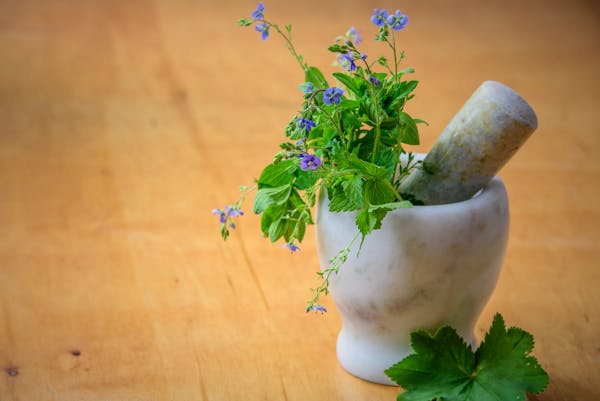
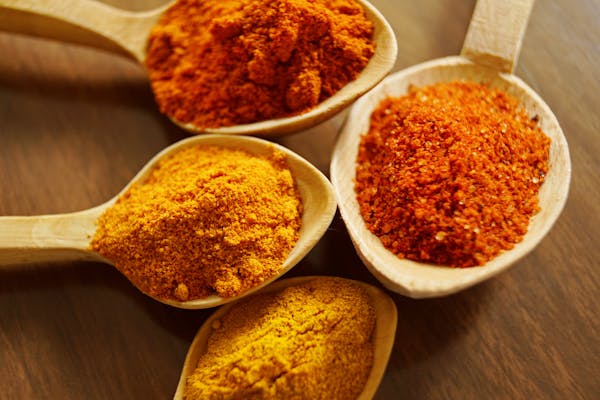
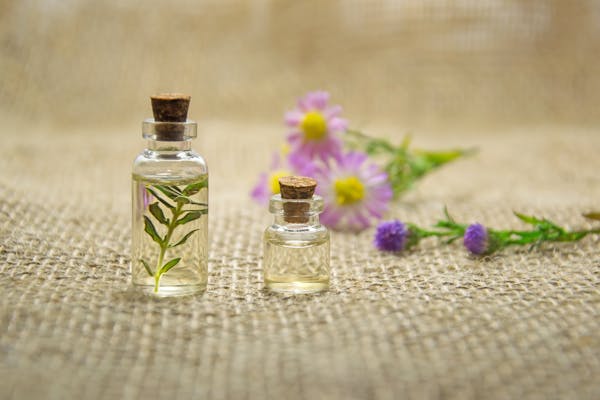

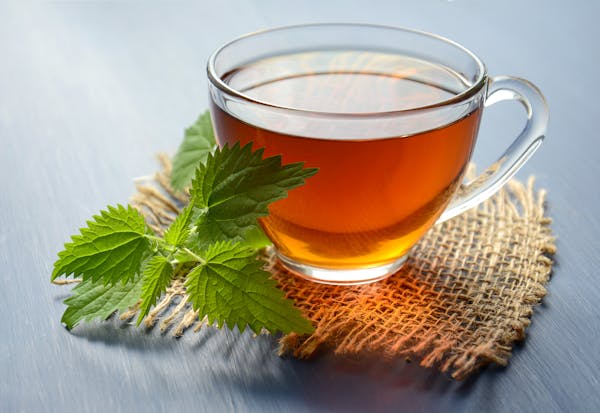
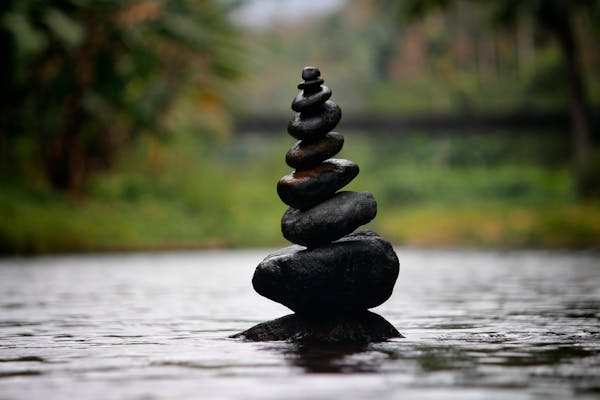

















No comments:
Post a Comment